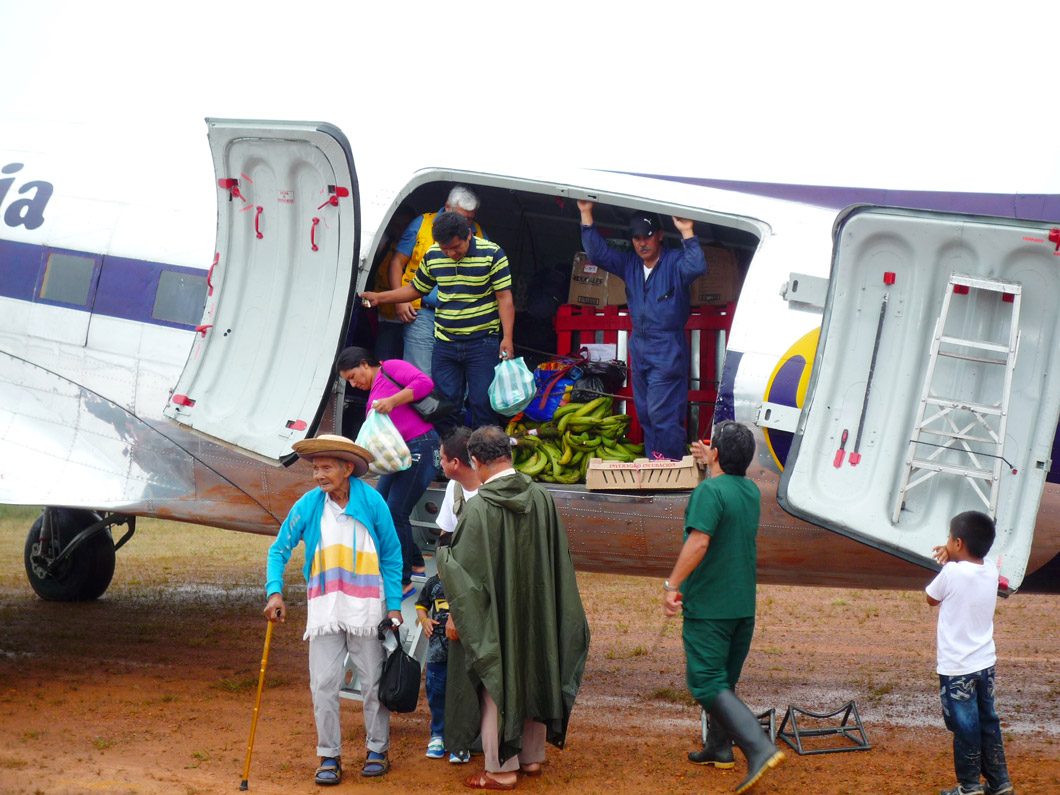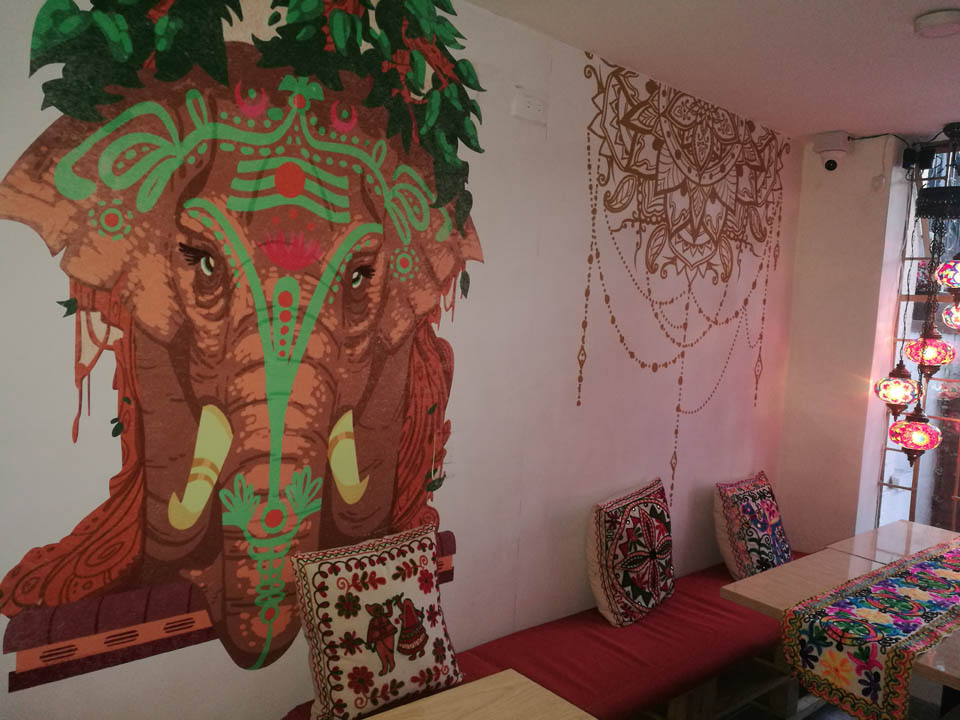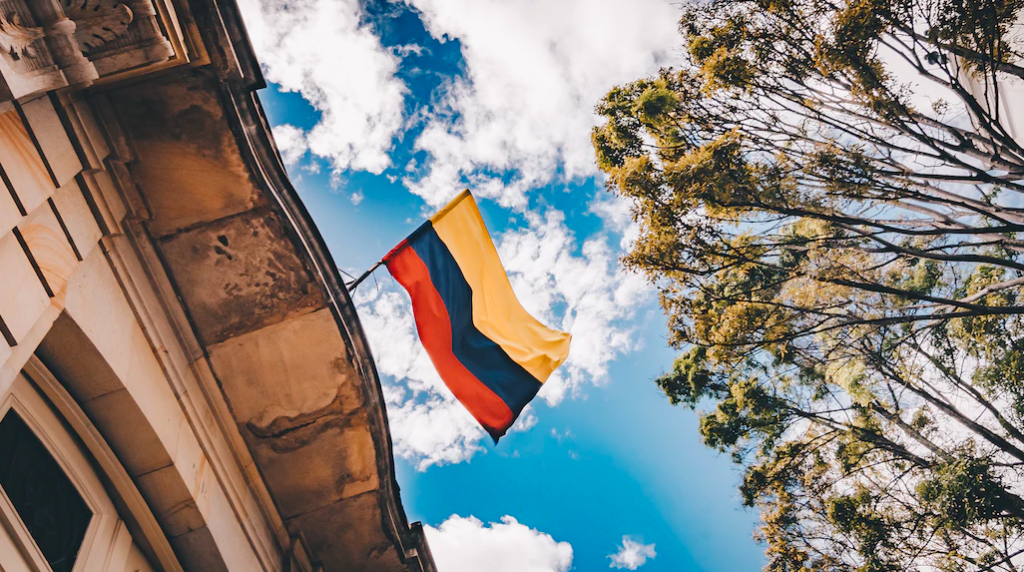
Latin America (LATAM) is currently at a pivotal point for Venture Capital (VC). The region had a hallmark year in investment in 2021, but as they say—what goes up, must come down.
The region isn’t alone in its investment slowdown, however. Overall, global venture funding is down significantly, according to Crunchbase—mostly as a result of numbers being compared to record highs. And naturally, when records are set, a slowdown is not only predictable but is sometimes even projected.
This past spring, the Latin American Business Associations (LABA) VC conference made this very prediction for LATAM’s regional market. Leaders forecasted this partly because LATAM still lacks a lot of the entrepreneurial infrastructure that startups need, such as more seed investors and better infrastructure.
But not all hope is lost.
In an interview with Bloomberg Linea, Carlos Ramos De la Vega, the VC director for LAVCA, an association for private capital in Latin America, said there is still a positive outlook for LATAM. According to the association’s data, 2022 is already the region’s second-strongest year for LATAM’s VC—meaning that the movements made by founders and investors on the ground floor will be critical for where the business sector lands at the end of 2022.
For Colombia, this slowdown could actually be an excellent opportunity to achieve certain benchmarks that need to improve in order to be more competitive in the LATAM VC landscape.
Fostering the growth of its technological infrastructure, building strategies that help pique the interest of both local and international investors, and developing a supportive network for entrepreneurs on the ground floor will help Colombia evolve into a more mature player in the LATAM business ecosystem.
Stage 1: Fostering Colombia’s Technological Boom
As of 2022, Colombia is one of the top economic contenders in LATAM alongside Mexico and Brazil, and the country’s economic year in 2021 blew away forecasts—growing at the fastest pace seen in more than a century. This has a lot to do with the country quickly getting on board with digital implementation, allowing modern industry to hit its stride. With much of Colombia’s economic rebound between 2021-2022 due to the technology industry, the country is experiencing a technological renaissance.
Out of the roughly 50 million Colombians, nearly 34 million started using the Internet following the onset of the pandemic, of which about 22 million then became regular online shopping users. According to the Colombian Chamber of Electronic Commerce (CCCE), in 2021, eCommerce remained at levels of more than double what was registered in 2019—even when physical stores had reopened their doors.
“The e-commerce sector went from being considered as a complementary sales channel to becoming the engine for economic reactivation,” said María Fernanda Quiñones, executive president of the Colombian Chamber of Electronic Commerce (CCCE).

This interest in the digital interface is good for innovation and local startups looking to lead the technological transformation. Yet, only 2% of Colombian companies carry out cross-border operations through electronic channels—making for some seriously untapped potential in the country’s online market. The CCCE is one governmental entity currently taking steps to implement infrastructure that will help get the ball rolling for companies wishing to digitize operations.
“We recently launched eXporta.online, a free digital platform which is sponsored by Google. The platform seeks to prepare people, medium to small enterprises, and entrepreneurs for cross-border electronic commerce,” continued Quiñones.
The platform analyzes close to 1,517 data points collected from different sources such as the World Bank, UNCTAD, and International Trade Center, among others. The data then creates an automated process that provides recommendations for the three best destination market options for companies who are looking to start utilizing eCommerce. The engine chooses these destinations based on the ideal confluence of demand, market stability, eCommerce, language, and access to that company’s product.
“Through cross-border e-commerce, businesses have the opportunity to diversify their market and not depend solely on the local economy,” said Quiñones. “In addition, strategic alliances can be created abroad that allow businesses to gain experience and become more competitive, expand opportunities, and increase their sales capacity.”
Digitizing commerce will be vital for ensuring that Colombia can remain competitive within the larger regional and international business markets. Now technologically primed and ready, the country can provide new opportunities to startups hailing from the country.
Stage 2: Transitioning Colombian VC From Seed to Series A Investment
Within the last decade, VCs from all over have been looking to Colombia for investments. Thanks to startups showing significant growth in both size and number, the VC sphere in the country has seen a noteworthy upward trend.
This is backed by 2021’s numbers, as Colombia increased its overall value of funding to $1.24 billion—making for a 144% increase compared to 2020. Rappi is one example from the country that has helped to prove Colombian startups have the capacity to increase their valuations tenfold and build multi-billion USD companies.
But this unicorn was the first of its kind, and there are many other startups in the ecosystem wondering how they can also see this kind of success.
“Startups have to show their path to profitability,” says Diego Noriega, Managing Partner at Newtopia VC, a venture capital firm that has made 60% of its most recent investments in Colombia. “It doesn’t always have to be immediate, but investors are preferring startups that have done their homework in making their company robust and know how to scale themselves.”
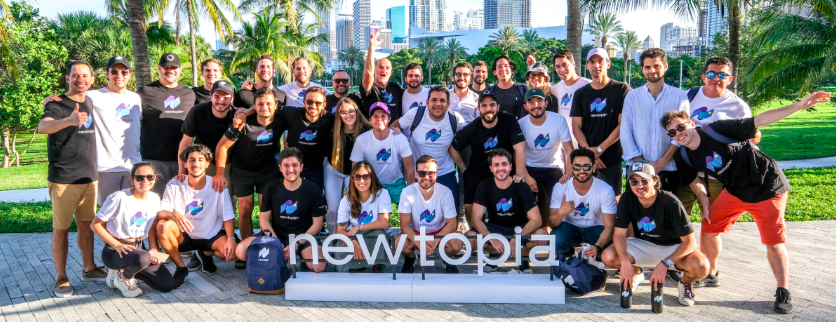
According to the most recent Global Entrepreneurship Monitor (GEM), carried out by the World Economic Forum (WEF), Colombia actually presents the best conditions for entrepreneurship out of all the countries in LATAM. Investors’ confidence in the country has also grown at a global level, with Colombia now ranking at 25 as an investment destination worldwide.
Global investors often inspire the growth of capital into emerging markets. With international investor notoriety, a ripple effect in funding occurs, leading to investment from multiple local sources and leveling up the market. This gives growing startups access to the knowledge and resources it takes to scale globally. It also means that founders and their teams must step up to the new level of play.
“At the beginning of a startup’s lifecycle, trust (from investors) is built around the problem that the company is solving, as well as their internal team. But, for Series A the game changes dramatically,” says Noriega. “Startups are not going to reach Series A unless they can show metrics that validate they can do so. There is no magic trick to fast-track this. Companies must achieve revenues and growth rates that show traction to get the interest from VCs who invest at this level.”
The next critical step for Colombia’s emerging businesses is to show investors that they have what it takes to climb the investment ladder from the seed stages to Series A—helping to propel the country to new entrepreneurial heights.
Stage 3: Creating a Supportive Startup Ecosystem
With digital transformation well on its way, and increasing interest from local and foreign investors, Colombia’s last step in maintaining competitiveness in LATAM commerce will be to build a supportive network for startups and enterprises alike. This is especially important in the current funding drought, and even more critical for developing startups that are just coming into their own.
According to Embroker, about 70% of startups fail during years two to five. This phase of hardship is termed “The valley of death”, and typically occurs after the company launches a product but has not yet seen any revenue. For Colombian companies navigating these growing pains, experiential insight can go a long way.
“The CCCE understands the importance of the country’s medium to small enterprises. This is why we seek to create a large community of companies, brands, and people with immense relationship potential that everyone can benefit from,” said Quiñones. “Training is still needed to develop new skills for entrepreneurs in their digital appropriation process. Understanding the importance of business models in digital commerce will make it easier to complete and foster sustainable digital transformation over time.”
The CCCE offers asynchronous courses that guide business owners and entrepreneurs in the construction of their internationalization plans. By improving the business sector’s digital literacy, and working on the articulation of state policies, they hope to promote the adoption of technology to both mature and emerging companies.
Startups also need to understand how the global marketplace works in Colombia, and this is where more seasoned players can come in to help support young startups. The insight of those who have come before them will help emerging companies understand the complexities of the business market within Colombia.
Newtopia, a hands-on VC firm based in Argentina, is helping to connect startups from either side of the growth spectrum in the Colombian community. One of the most active venture capital firms in LATAM, Newtopia recently arrived in Colombia to join the country’s entrepreneurs as they find the right product-market fit. Newtopia offers a hands-on mentorship model that guides startups through the more vulnerable initial stages—helping them to grow sustainably.
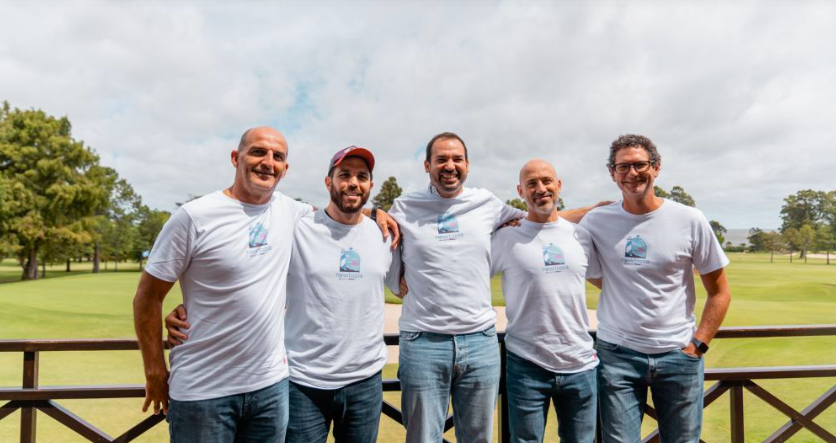
Jorge Aguado, Juan Pablo Lafosse, and Mariano Mayer. Image Credit: Newtopia VC
“Early-stage growth is vital. Without this, it’s impossible to achieve later stages. Latin America is a higher-risk market because sometimes there is no traction and in some cases, no product or revenue—a risk not many VCs are willing to take,” says Noriega. “At Newtopia we aim to help build startup-to-startup relationships to create healthier local, and thereby regional, ecosystems.”
Each semester, the VC accepts 10-15 startups for a 10-week program, filled with content and advice to help teams take their startups to the next level. The aim of the program is to share knowledge, channel smart money, and enhance experiences for early-stage startups. Afterwards, the entrepreneurs get an opportunity to participate in a Limited Partner (LP) Day, where they pitch to Newtopia´s team, plus LPs, and investors hailing from top VCs in the US.
This past week, the VC hosted a demo day in the capital city of Bogota, bringing startups together to exchange knowledge on navigating Colombia’s startup ecosystem and sharing insights into how to raise capital during such difficult times.
Following their participation in the latest LP Day, p-and-coming Colombian startups including Beu, Ubanku, Lizit, Creditop, Orkid, and Alfred were all a part of the session.
A Future for Colombia’s Entrepreneurial Community
For Colombia to continue its consistent climb as one of the region’s most viable markets for startups, young companies must show VCs that they can achieve bigger outcomes—which will allow the ecosystem as a whole to graduate to the next level.
“We must work together, as a society, to articulate the factors that will lead us to a digital as well as an inclusive economy,” said Quiñones. “This will help to promote the country as a business leader in the region.”
The future of Colombia’s startup community is bright, but ensuring that each one of these stages is achieved along the way will help the country commence a new wave of impacting startups for both the LATAM and global markets.
Disclaimer: This article mentions a client of an Espacio portfolio company.


